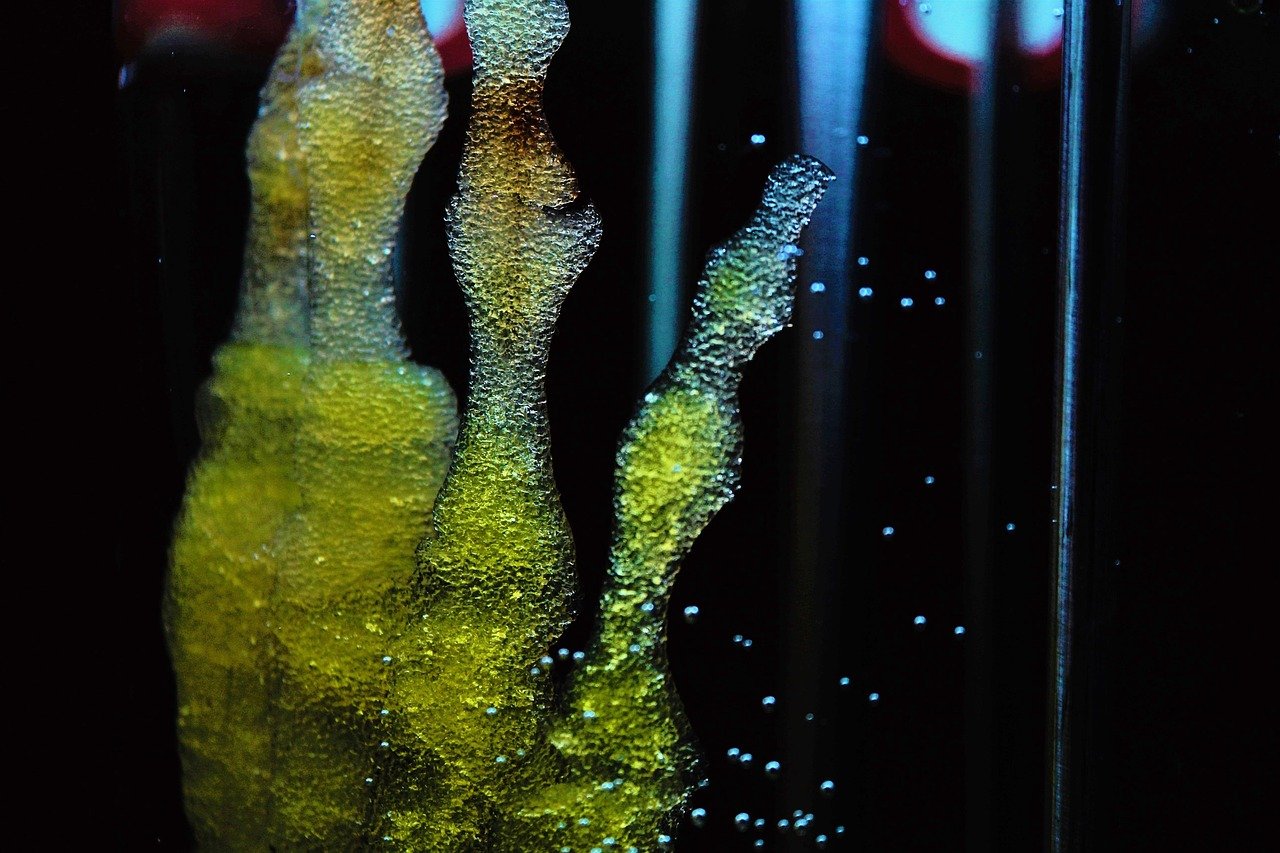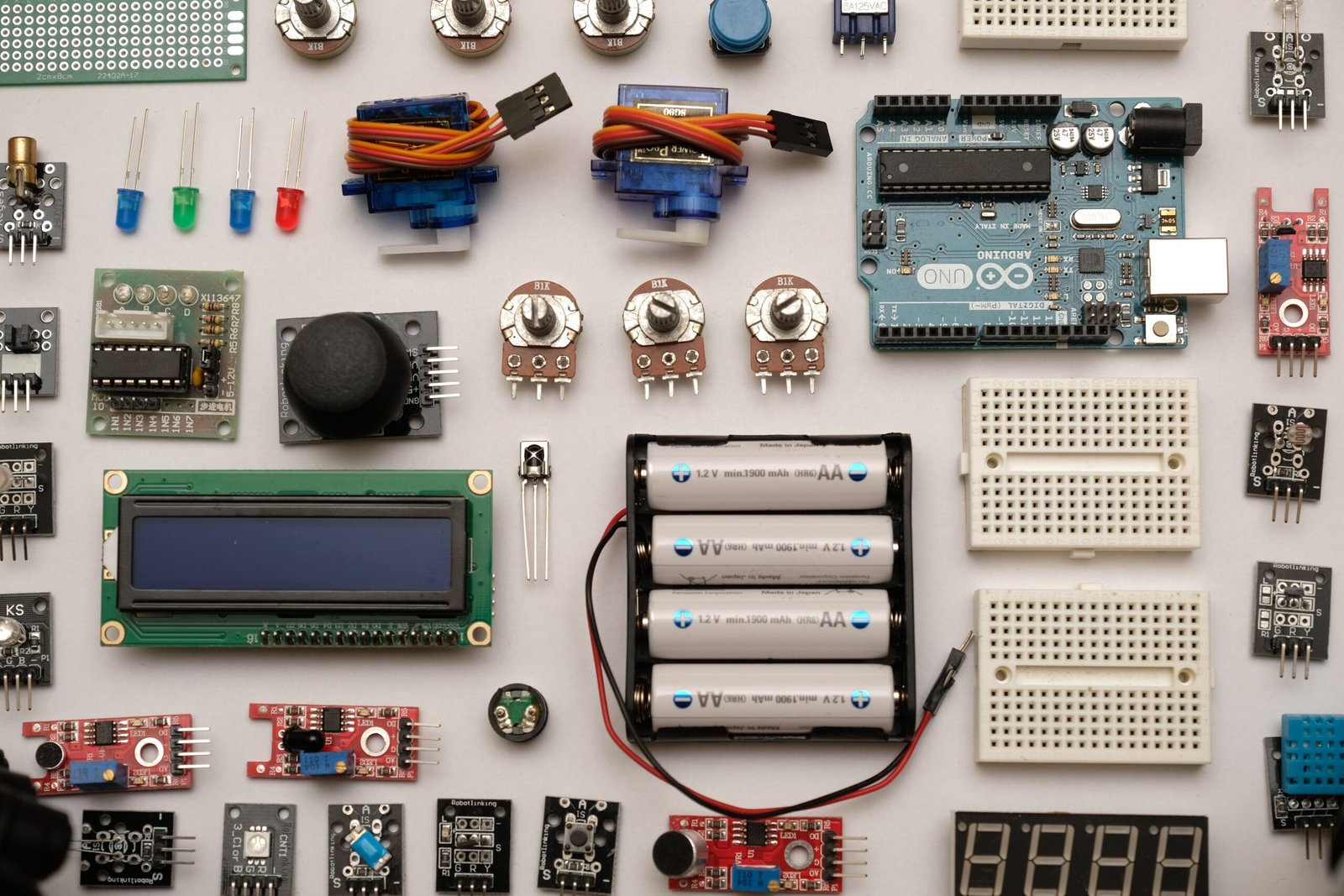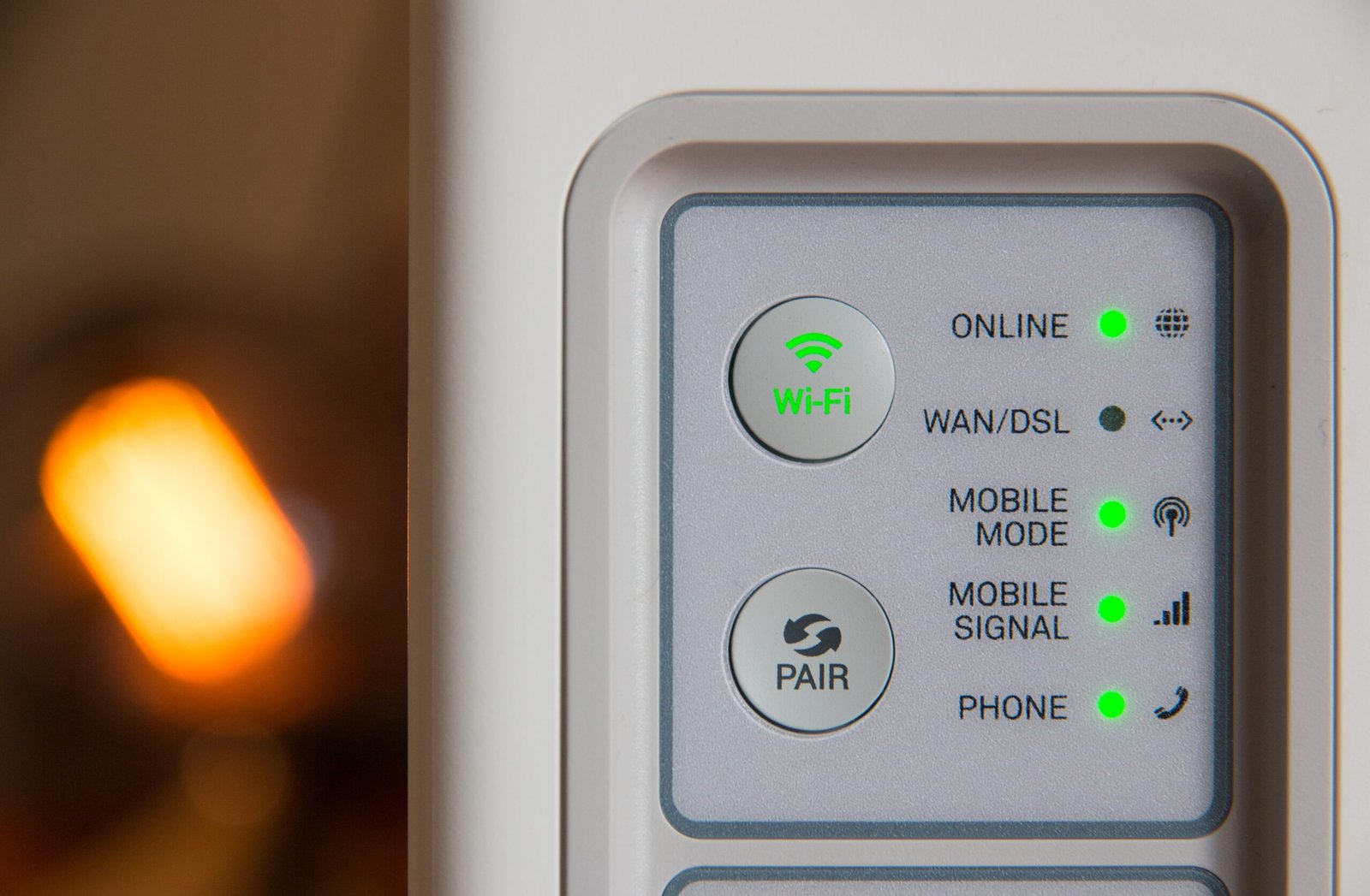3D bioprinting is a groundbreaking innovation that are poised to disrupt and redefine numerous sectors, particularly in the realm of healthcare. With its unprecedented capability to produce intricately detailed, three-dimensional biological structures, this technology promises to revolutionize everything from organ transplants to drug testing. But what exactly are 3D bioprinting, and how does it stand to change the world of medicine?
Understanding 3D Bioprinting
At its core, 3D bioprinting refers to the process wherein biological materials, often referred to as “bioinks”, is layered to create tissue-like structures that emulate natural tissues. These bioinks can be composed of cellular components, growth factors, and biomaterials. This technology thus merges the precision and scalability of 3D printing with the versatility of biological materials, paving the way for medical advancements that was once the stuff of science fiction.
The Potential of 3D Bioprinting in Regenerative Medicine
Regenerative medicine, a field that focuses on repairing, replacing, or regenerating human cells, tissues, or organs, can greatly benefit from 3D bioprinting. Currently, patients in need of organ transplants are often subjected to long waiting periods, with no guarantee of a match. However, with 3D bioprinting, there is potential to create organs tailor-made for specific patients, drastically reducing wait times and the risk of organ rejection. Such breakthroughs could prove pivotal in saving countless lives and reducing the strains on organ donation systems.
Pharmaceutical Testing and 3D Bioprinting
The world of pharmaceuticals is no stranger to challenges. Before a drug reaches the market, it undergoes rigorous testing to ensure its efficacy and safety. Traditional methods, which often involves animal testing, are not only ethically controversial but sometimes do not accurately predict human responses. 3D bioprinting offers an alternative. By creating human tissues using bioprinting, pharmaceutical companies could test drugs on human-like tissues in the lab, potentially streamlining the drug development process and reducing the reliance on animal testing.
The Role of Bioink in 3D Bioprinting
Bioink plays a pivotal role in the bioprinting process. Essentially, it is the material used in the printer, similar to the ink in a traditional printer. The difference, however, is that bioink consists of living cells. Depending on the intended application, bioinks can be derived from various sources, including stem cells, which have the capability to differentiate into various cell types. These bioinks are then layered in a specific manner, creating the desired 3D structure. However, the challenge lies in creating a bioink that offers the right balance between printability and cellular function, a hurdle researchers are actively trying to overcome.
Challenges and the Road Ahead
While the prospects of 3D bioprinting sounds promising, it’s not without its challenges. One of the primary concerns is vascularization — ensuring that printed tissues and organs have the necessary blood vessels to function properly. Without these vessels, the inner cells of larger printed structures could die, rendering the organ non-functional. Another challenge is ensuring the structural integrity of printed organs, particularly those that are subjected to mechanical stresses, such as the heart. Furthermore, while the technology for 3D bioprinting has advanced rapidly, it’s regulatory landscape is yet to catch up. For 3D printed organs to become a reality in clinical settings, they will have to undergo rigorous testing and regulatory approval, a process that could take years.
Conclusion
3D bioprinting, without a doubt, stands on the cusp of changing the world of medicine. Its potential applications, from regenerative medicine to pharmaceutical testing, are vast. However, as with any groundbreaking technology, it presents its own set of challenges. It is up to researchers, medical professionals, and policymakers to navigate these challenges and harness the true potential of 3D bioprinting. The day may not be far when we sees organ waiting lists become a thing of the past, replaced by labs that print organs on demand.







